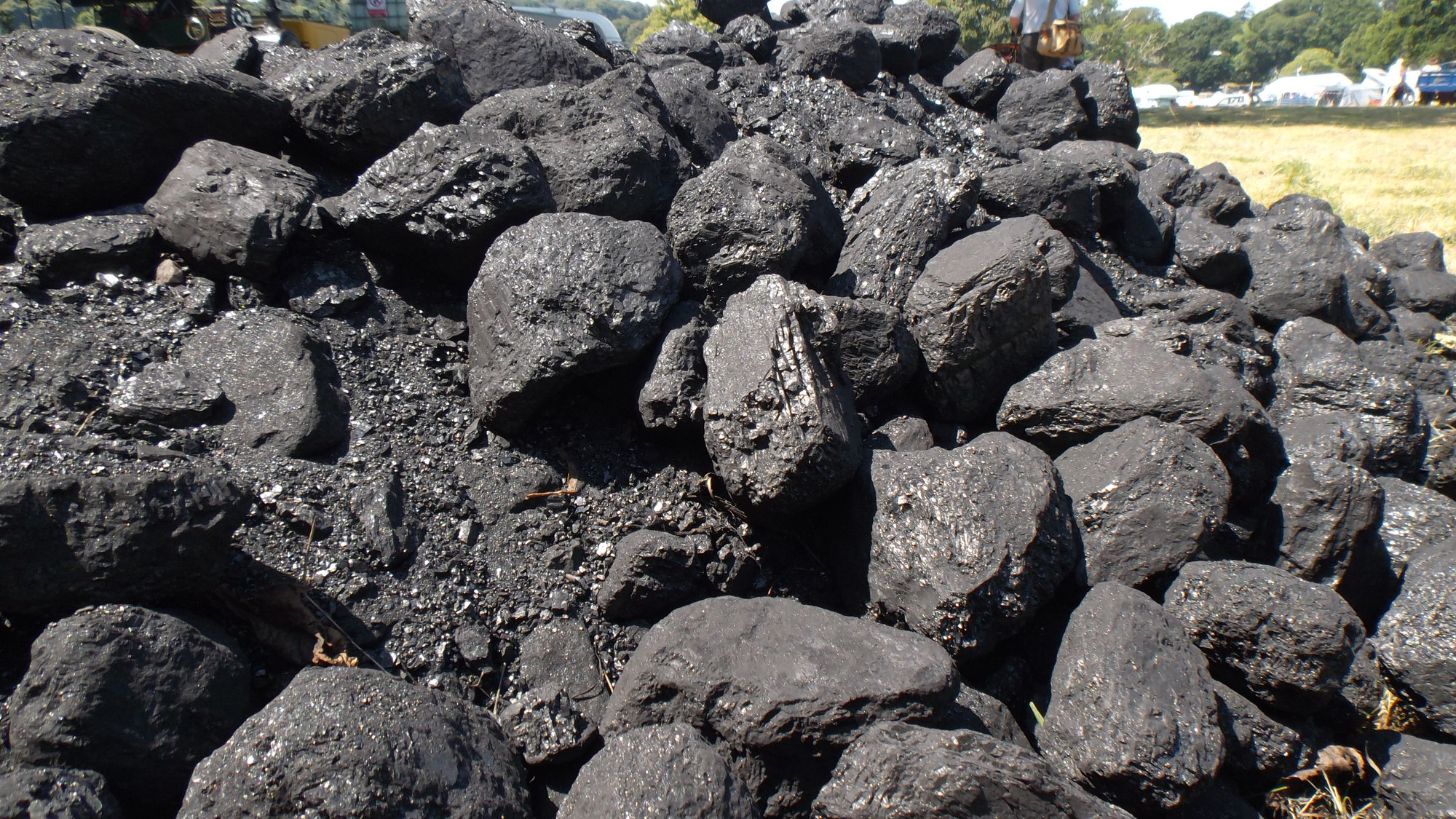

“There is about $4,000 on the loan and we have enough money in our capital improvement fund to pay the loan rather than having to pay interest,” Holman said. In other business, the supervisors voted to pay off the loan obtained to purchase the new digital police radios using funds on-hand. Last month, we looked over the plans and sent them back to the planning commission for some corrections that led to the final approval.” “Mountain Valley submitted the preliminary plan, which was approved by the planning commission. “They had to go through the planning commission,” he said. Holman said the township learned about Mountain Valley’s plans a few months ago. Pennsylvania Sewage Facilities Act requires municipalities to develop and implement official plans in order to address sewage disposal with the intention of correcting existing problems and preventing future problems.Įach time a new development is proposed, a municipality is required by state law to revise the official plan through a process referred to as a “Sewage Facilities Planning Module.” “DEP always has to do those planning modules for the septic systems.” “It’s all on-lot sewage systems and wells,” Holman said. The decision was also contingent on approval of the sewage module by the state Department of Environmental Protection.

“We did the final approval pending a $500 payment for costs.” “They’re subdividing about six lots around a couple of the holes on the golf course on Back Road and make them buildable lots for residential homes,” Holman said.

Vice Chairman Clyde “Champ” Holman said the process has taken a few months to reach the subdivision approval. In the future, the station may also use the ATR process to produce hydrogen from ethanol.Ĭhevron is also working on single-step reforming (SSR): a process presented at the National Hydrogen Association conference in 2005 that converts natural gas and steam into near-pure hydrogen in a single step, with potentially significant cost savings.ĪC Transit is one of the largest transit agencies in California, serving more than 64 million passengers a year throughout a 360-square mile region.BARNESVILLE - The Ryan Township supervisors approved at their June 8 meeting a subdivision plan that will create lots for residential use from a portion of the Mountain Valley Golf Course land. This mixture must be processed further to produce the essentially pure hydrogen required for use in fuel cell vehicles. The hydrogen gas produced from ATR is a mixture of hydrogen, nitrogen (from the air), carbon dioxide and small quantities of other gases. This station produces 12 kg of hydrogen per day.Īutothermal reforming uses a process in which natural gas is reacted catalytically at high temperature with oxygen and steam at high temperature to produce hydrogen.
Mazaika coal co. how to#
(A Chevron Technology Ventures engineer described the difference between the two operations as knowing how to build an elephant, and figuring out how to build an ant.)Īnother Chevron hydrogen energy station built at the Hyundai-Kia America technical Center in Chino uses autothermal reforming (ATR) rather than steam methane reforming to produce hydrogen from natural gas. The mainstream refinery operation that focuses on the bulk production of hydrogen for use in refining processes isn’t involved. The hydrogen production and refueling component is driven by Chevron Technology Ventures-a subsidiary of Chevron that is focused on new energy technologies, including wind and biofuels. The HyRoad project is part of the DOE Technology Validation program. The 6,250 psi pressure at the pump dispenser is appropriate to fuel vehicle tanks to 5,000 psi.

Mazaika coal co. series#
This is further compressed to 6,250 psi, and stored in a series of cascade storage vessels. A pressure swing absorption (PSA) unit accepts the compressed reformate and delivers 99.99% pure hydrogen. The reformate is compressed to approximately 125 psi-the pressure needed to separate hydrogen from contaminants in the gas stream. The two Steam Methane Reformers produce a reformate stream typically composed of 75% hydrogen, 20% CO 2 and other trace gases including CO and CH 4 (methane). The Chevron hydrogen station will dispense up to 150 kg of hydrogen daily-enough to fuel the three 40-foot fuel cell buses and 10 fuel cell vehicles. It then purifies, compresses, and stores the gas for use as a vehicle fuel. The Chevron hydrogen energy station uses dual on-site steam methane reformers (SMR) to produce hydrogen from natural gas.


 0 kommentar(er)
0 kommentar(er)
